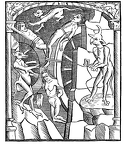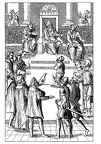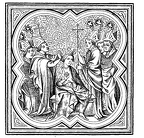13 photos
Home / Albums / The Middle Ages / Rulers and Government 19

 Judge
Judge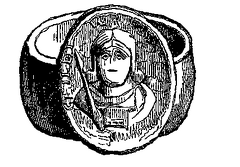 Seal of King Chilperic
Seal of King Chilperic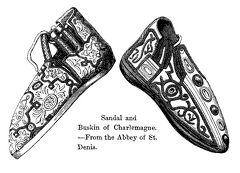 Sandal and Buskin
Sandal and Buskin Royal Costume
Royal Costume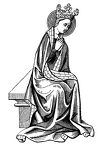 Princess
Princess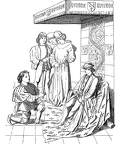 Presenting the sword
Presenting the sword Phillip the Good
Phillip the Good Mary of Burgundy
Mary of Burgundy King Clovis
King Clovis Women of Court
Women of Court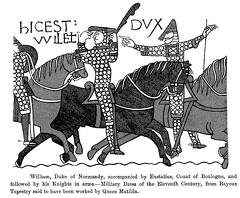 William, Duke of Normandy
William, Duke of Normandy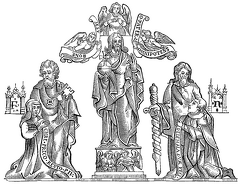 Nicholas Flamel and wife
Nicholas Flamel and wife Lord of Graville
Lord of Graville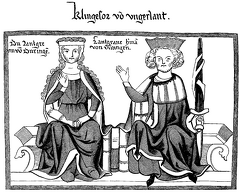 Landgrave
Landgrave Charlemagne
Charlemagne Chalperic
Chalperic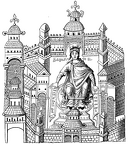 Carvolingan king
Carvolingan king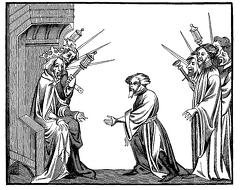 King Charlemagne receiving the Oath of Fidelity
King Charlemagne receiving the Oath of Fidelity King or Chief of Franks armed with the Seramasax, from a Miniature of the Ninth Century
King or Chief of Franks armed with the Seramasax, from a Miniature of the Ninth Century




